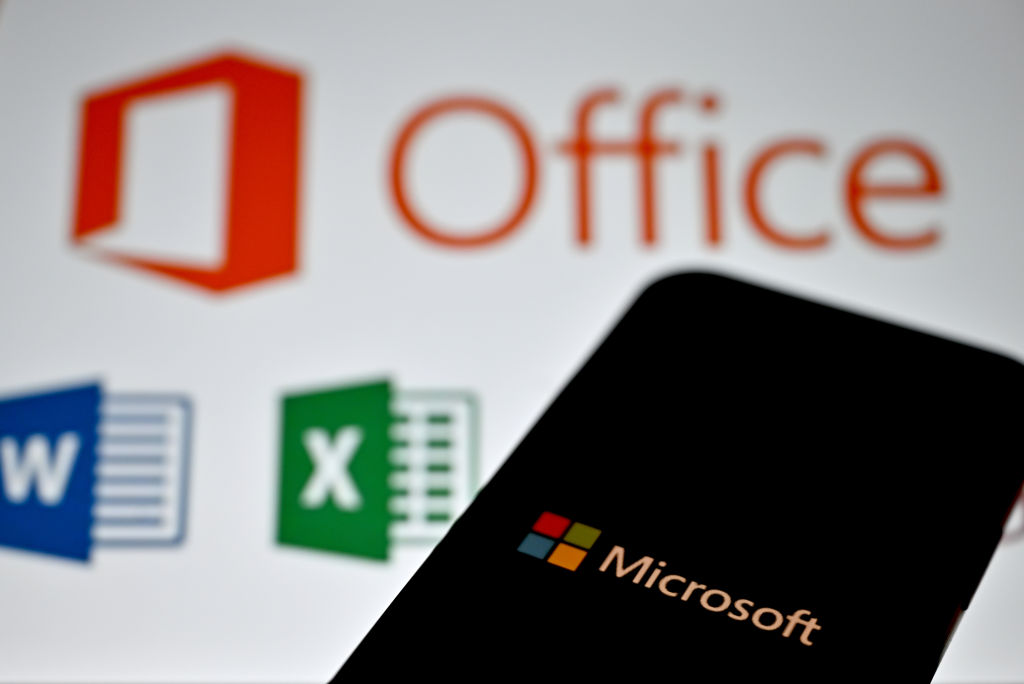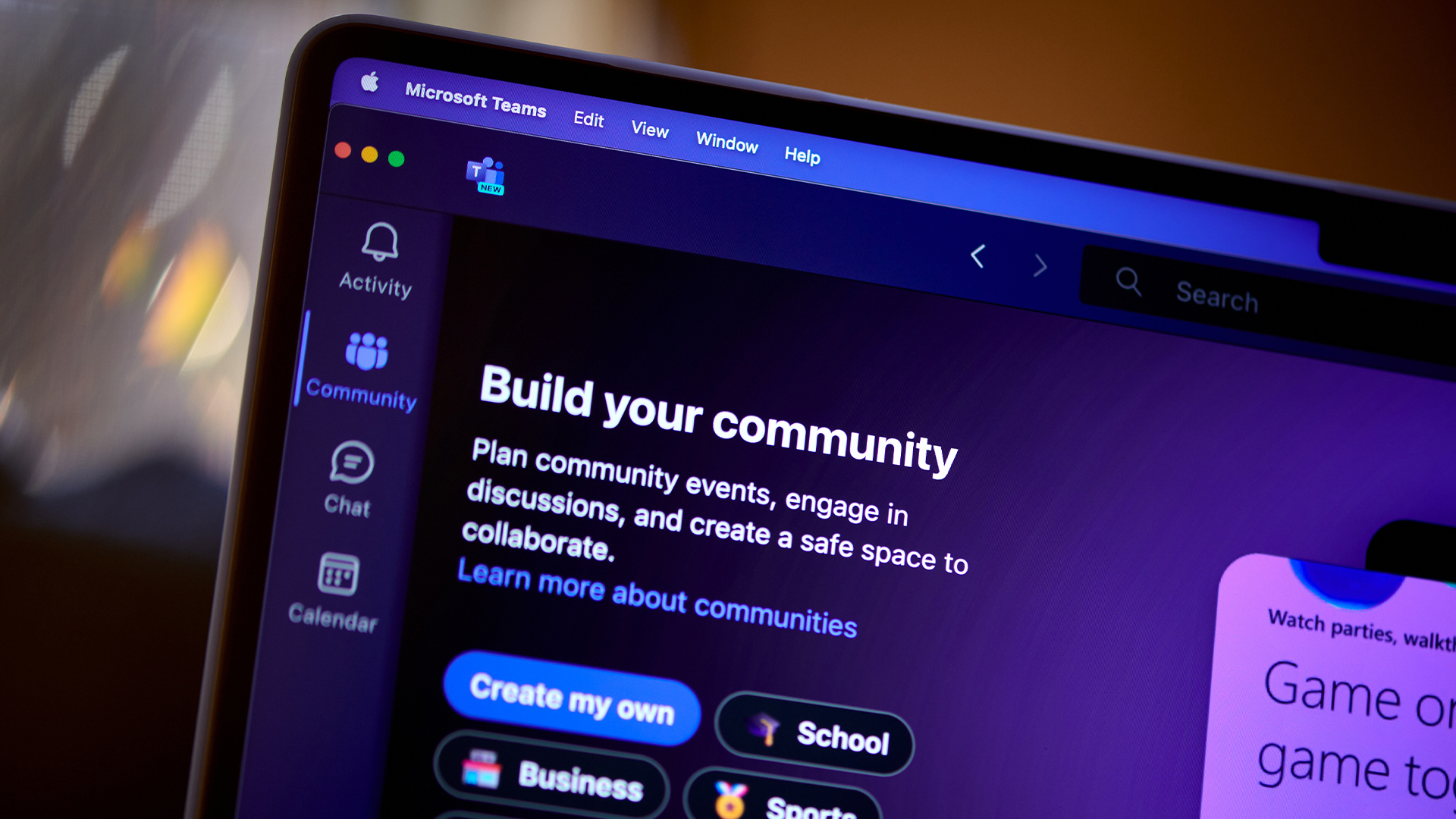Number of attacks using Microsoft Office files surges in 2023
Attacks using popular Microsoft Office file types have increased in 2023


There has been a significant uptick in attacks involving malicious files using Microsoft Office document formats in 2023, according to research by Kaspersky.
Kaspersky's detection systems found a 53% increase in attacks using malicious Microsoft Office documents, and other popular document formats such as PDFs, in 2023.
Analysis from the firm’s annual Security Bulletin shows the average number of malicious files detected each day across 2023, with Kaspersky detecting almost 125 million malicious files in total.
Since 2019 this number has increased from around just over 340,000 to over 410,000 malicious files detected by Kaspersky in 2023.
Windows remains the top target for cyber criminals, the report said, representing 88% of all malware detected every day.
Trojans continue to be the most popular type of malware, and backdoor trojans are on the rise in 2023. The number of files identified as part of backdoor trojan attacks increased from 15,000 in 2022 to 40,000 in 2023.
Backdoors are a particularly dangerous attack method as they involve covertly bypassing authentication systems to secure remote access to a system, from which they can execute a wide range of functions such as encrypting data to elevating access privileges.
Sign up today and you will receive a free copy of our Future Focus 2025 report - the leading guidance on AI, cybersecurity and other IT challenges as per 700+ senior executives
Kaspersky’s head of anti-malware research Vladimir Kuskov warned the threat landscape is continually evolving with novel tactics, techniques, and procedures (TTPs) being unlocked with the adoption of new technologies such as artificial intelligence (AI).
“The number of vulnerabilities reported is also growing annually, and threat actors including ransomware gangs use them without hesitating. Furthermore, the entry barrier into cyber crime is now being lowered due to the proliferation of AI, which attackers use, for example, to create phishing messages with more convincing texts.”
Threat actors abuse trust with Microsoft Office files
RELATED RESOURCE

Distinguish the difference between fact and fiction when it comes to preventing file-based threats
DOWNLOAD NOW
Using popular Microsoft Office file formats to disguise malware has been a popular attack vector over recent years, with a widespread phishing campaign recorded in 2020 using compromised Excel macros to gain remote access to users’ systems.
Another Microsoft Office-related exploit uncovered in 2021 involved sending emails with a malicious Word file attached as a corrupted RAR archive.
After this file was uncompressed and opened, it infected the user’s system with information-harvesting malware Formbook that steals credentials from browsers, collects screenshots, and logs keystrokes.

Solomon Klappholz is a former staff writer for ITPro and ChannelPro. He has experience writing about the technologies that facilitate industrial manufacturing, which led to him developing a particular interest in cybersecurity, IT regulation, industrial infrastructure applications, and machine learning.
-
 Trump's AI executive order could leave US in a 'regulatory vacuum'
Trump's AI executive order could leave US in a 'regulatory vacuum'News Citing a "patchwork of 50 different regulatory regimes" and "ideological bias", President Trump wants rules to be set at a federal level
-
 TPUs: Google's home advantage
TPUs: Google's home advantageITPro Podcast How does TPU v7 stack up against Nvidia's latest chips – and can Google scale AI using only its own supply?
-
 Microsoft Teams is getting a new location tracking feature that lets bosses snoop on staff – research shows it could cause workforce pushback
Microsoft Teams is getting a new location tracking feature that lets bosses snoop on staff – research shows it could cause workforce pushbackNews A new location tracking feature in Microsoft Teams will make it easier to keep tabs on your colleague's activities – and for your boss to know exactly where you are.
-
 Microsoft opens up Entra Agent ID preview with new AI features
Microsoft opens up Entra Agent ID preview with new AI featuresNews Microsoft Entra Agent ID aims to help manage influx of AI agents using existing tools
-
 A notorious ransomware group is spreading fake Microsoft Teams ads to snare victims
A notorious ransomware group is spreading fake Microsoft Teams ads to snare victimsNews The Rhysida ransomware group is leveraging Trusted Signing from Microsoft to lend plausibility to its activities
-
 CISA just published crucial new guidance on keeping Microsoft Exchange servers secure
CISA just published crucial new guidance on keeping Microsoft Exchange servers secureNews With a spate of attacks against Microsoft Exchange in recent years, CISA and the NSA have published crucial new guidance for organizations to shore up defenses.
-
 CISA issues alert after botched Windows Server patch exposes critical flaw
CISA issues alert after botched Windows Server patch exposes critical flawNews A critical remote code execution flaw in Windows Server is being exploited in the wild, despite a previous 'fix'
-
 Microsoft issues warning over “opportunistic” cyber criminals targeting big business
Microsoft issues warning over “opportunistic” cyber criminals targeting big businessNews Microsoft has called on governments to do more to support organizations
-
 A terrifying Microsoft flaw could’ve allowed hackers to compromise ‘every Entra ID tenant in the world’
A terrifying Microsoft flaw could’ve allowed hackers to compromise ‘every Entra ID tenant in the world’News The Entra ID vulnerability could have allowed full access to virtually all Azure customer accounts
-
 Microsoft and Cloudflare just took down a major phishing operation
Microsoft and Cloudflare just took down a major phishing operationNews RaccoonO365’s phishing as a service platform has risen to prominence via Telegram
